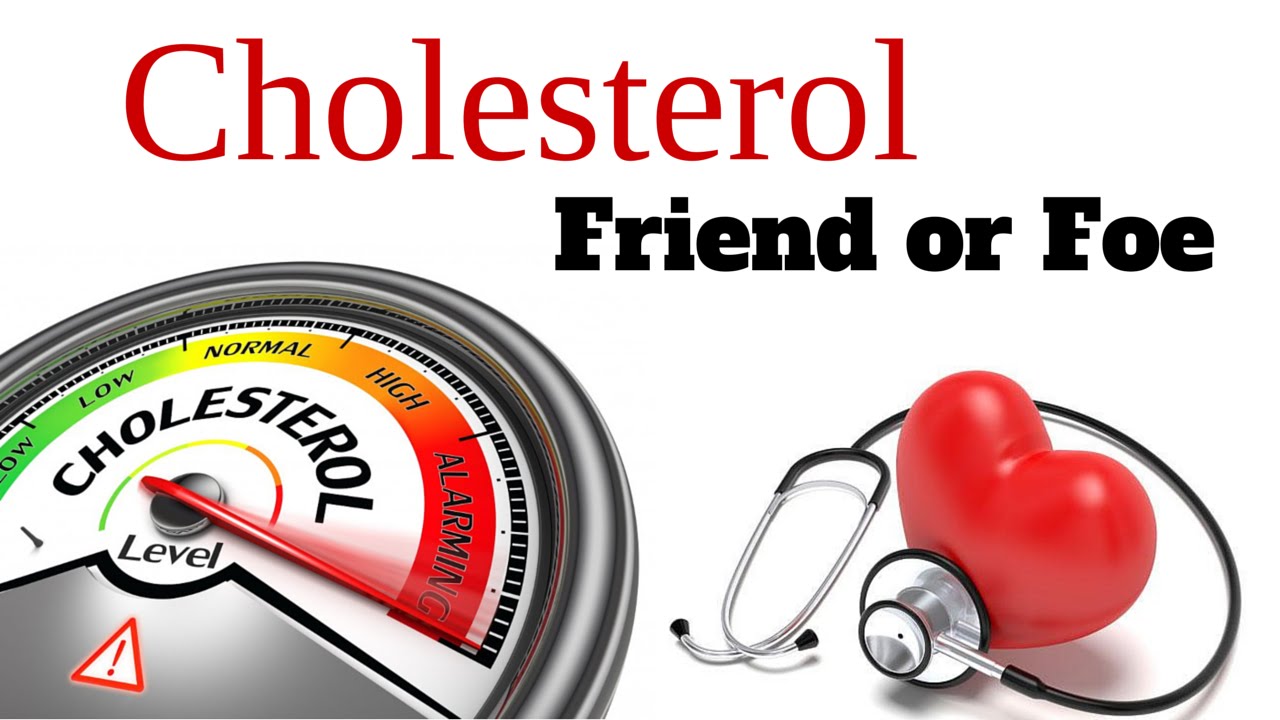Test Post

What you can do to have the healthiest blood pressure possible! What you don’t know CAN hurt you!
- Your doctor has told you to “watch the sodium” in your diet, because your blood pressure is too high. Do you wonder– where is sodium, how much is in the food I eat, and how do I even know where to begin to cut back? And what if I dine out frequently, how will I know how much I am eating? Some things I eat may be clearly high in sodium, but so much is also hidden that I may not even realize I am consuming way over what I should be consuming! Do you feel that sometimes you just feel like giving up or don’t know where to turn?
- The GOOD NEWS is that you can do several things to lower your blood pressure!
- The following information holds the most powerful possibilities for doing what you can other than medication for lowering your blood pressure. If you still feel you’d like help in figuring out where your greatest intake of sodium is and would like to generate specific ideas that address your concerns for your lifestyle, our Dietitians can help you do that (in-office or online)!
- Use these powerful lifestyle actions to reduce your blood pressure today!
- Exercise
- Boost Potassium by eating
- 4 fruit servings per day and
- 5 vegetable servings per day
- Eat whole grains (that means whole wheat and other grains) to increase fiber. (Fiber is only found in plants such as fruits, vegetables, grains, beans, legumes)
- 2-4 servings of low or nonfat dairy foods
- 2 or fewer meat or non-meat protein servings
- 4-5 times per week of nuts and/or legumes
- 2 fats per day
- Fats and sweets should be strictly limited (even heart-healthy fats such as nuts, oils and avocados)
- Minimize sodium intake
- Reduce sodium intake to 1500 – 2400 milligrams/day (Reducing sodium to 1500 – 2400 mg/day reduces systolic BP by 2 – 8 mmHg).
LOWER YOUR SODIUM INTAKE
Use less added/hidden salt in foods such as: Salt, mustard, seasoning salts, catsup, meat tenderizer, bullion soup, barbecue sauce, flavor enhancers, bottled salad dressing, soy sauce
Eat less salty foods such as: Salted crackers, pickles, salted nuts, sauerkraut, salted chips, salted vegetable juices, pretzels
Eat less cured foods such as: Ham, salt pork, bacon, cold cuts, sausage, hot dogs, smoked fish, all cured deli meats, relishes, pickles, olives, whitefish salad
Eat less canned and processed foods: Soups, TV dinners, sardines, cheeses, salted tuna, dried soup mixes, canned entrees, instant rice mixes, canned vegetables, prepared cakes, pies, and cookies
- Maintain a healthy weight. Let us know if we can assist!.
- Discontinue caffeine in coffee, tea, soda
- Boost your Calcium and Magnesium intake.
If your Calcium intake via food is less than the recommended amount, take supplemental calcium and magnesium to total 800-1,200 mg Calcium and 400-500 mg Magnesium per day. Try to take only ½ this amount at a time (500-600 mg Calcium at a time and with food). Take this amount two times daily.
How will you know if you are taking enough? Consider the following amounts in foods and whether you meet the recommended daily amount:
- 8 oz of milk, yogurt or fortified orange juice = 300 mg Calcium (check the ounces on your yogurt container to see whether it is 8 oz)
- 1 oz of cheese = 150-250 mg Calcium (depending on type)
- ½ cup tofu (firm) – 258 mg Calcium (soft-130 mg Calcium)
- 8 oz Calcium-fortified soymilk – 150-200 mg Calcium (varies by brand)
Use a blood pressure cuff to monitor your pressure without stressful interferences.
Seek medical attention if your blood pressure is high. The recommendations above, even with medication, may facilitate a further reduction in blood pressure.
Please connect with one of our expert Dietitians at www.diamondnutritioncounseling.com The Nutrition Counseling Specialists, if we can support you in making lifestyle changes and assist you in identifying and substituting lower sodium foods for higher sodium foods, and generating strategies to keep your sodium low when dining out, traveling or in food preparation.
The dietary recommendations are in accordance with the DASH diet (Dietary Approaches to Stopping Hypertension), endorsed by the American Heart Association and the The National Heart, Lung, and Blood Institute (one of the National Institutes of Health, of the US Department of Health and Human Services)
Managing high blood pressure is dependent on maintaining healthy lifestyle habits which include:
- Maintain a healthy weight (Maintaining weight at BMI 18.5 to 24.9 reduces systolic BP by 5 – 20 mmHg per 22 lbs weight loss)!
- Physical activity most days of the week (aerobic activity 30 min/day most days of the week will reduce systolic BP by 4 – 9 mmHg).
- Adhere to a regimen of doctor-recommended medications.
- Diets high in Magnesium, Calcium and Potassium. Diets low in these minerals may be associated with elevated blood pressure. Maintain adequate levels!
- Eat at least 5-10 servings of fruits and vegetables per day. This is highly associated with lower BP. These foods are high in Potassium.
- Minimize caffeine intake. Acute caffeine intake elevates BP; chronic caffeine intake effect is unclear.
- Limit alcohol: (Reducing alcohol intake may reduce BP 2 – 4 mmHg).
- Men: < or = 2 drinks/day, women < or = 1 drink/day.
- Omega -3 fatty acids may or may not reduce BP, nor does protein or soluble fiber intake, Vitamin C or E, or soy, garlic, cocoa or chocolate.
